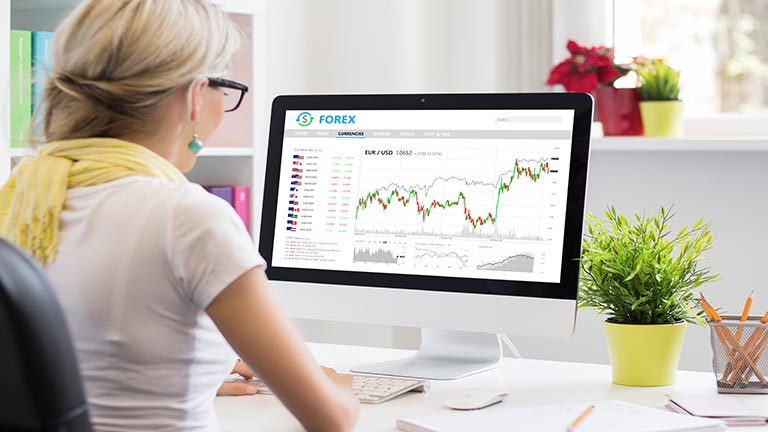How to Increase Your Trading Profits by 30% or More
Would you like to learn how to increase your trading profits by 30 percent or more, so you make more money in the stock market using a simple profitable trading strategy? So, what’s the catch?
Let’s face it, most of us don’t like paying tax. So much so that many investors often lose thousands of dollars because they are told by professionals to hold on to a stock that is falling in value rather than sell and pay capital gains tax.
Indeed, it is widely publicised that we should minimize the capital gains tax impact of our investments. However, this costs you a lot of money and lost opportunity, which is why I consider it a myth.
If a stock turns and moves into a downtrend, falling over the medium to long term, it will fall anywhere between three months and three years. And it is normal for stocks in a downtrend to fall a minimum of 30 percent in price, which means it needs to rise 43 percent just for you to break even on your investment again. In the meantime, you have not only lost money but also valuable time compounding the returns on your trading portfolio.
The amount of capital gains tax you pay will vary depending on how long you have held the asset. But, irrespective of this, doesn’t it make sense to sell an investment you have made a profit on and pay tax to manage your risk so that protect your capital rather than hold on to an asset that is falling in value and, so, compound your trading losses?
The amount of capital gains tax you will pay could be much less than the amount you lose. So let’s look at when to withdraw your trading profits.
Let’s assume you invest $100,000 in ten different stocks with $10,000 invested in each stock. Six months into the investment, one of the stocks, after rising 12 percent, turns and starts to fall in price. If you decide to exit the stock, you will be required to pay capital gains tax on the shares you hold because the tax is triggered by the disposal of the asset.
Given that you held the asset for less than twelve months, you will be required to pay tax on the total value of the capital gain, which in this case is $1,200 ($10,000 x 12%). If you pay 32.5 cents in the dollar tax, you will be required to hand over $390 to the tax office or up to $564 if you are in the top tax bracket. If, however, you decide to hold on to the stock and it falls 30% in value, you will have lost $3,360 or $2,160 on your original investment.
As you can see, by applying a simple money management trading strategy, such as a stop loss, means you have not only minimized your losses but increased the opportunity to compound your trading profits.
Now, I can hear some of you saying, “What about brokerage and GST?” Even if you take all of these costs into consideration, you will still be far better off exiting from an asset that is falling in value. You will have retained all of your original capital investment plus the gain you made, which will enable you to invest in another stock that is rising, meaning your portfolio returns will compound more rapidly.
To learn more about how you can use a proven, low risk approach to investing directly in the stock market, purchase Dale's award winning book, Accelerate Your Wealth - It's Your Money, Your Choice.






